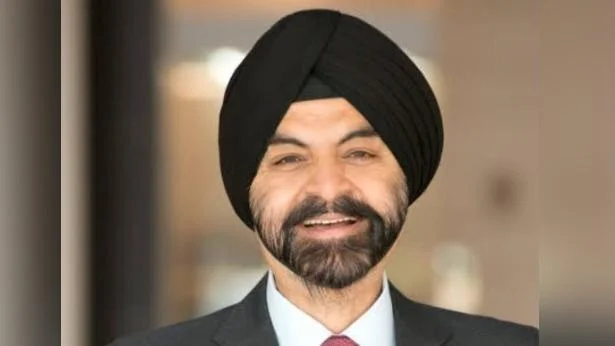High government spending in Timor-Leste, relative to its GDP, coupled with modest returns from the Petroleum Fund, may affect the country's long-term fiscal stability. This is according to a recent World Bank report titled "Timor-Leste Economic Report: Transforming Public Spending to High Growth." The report indicates that public expenditure averaged 85% of GDP between 2013 and 2023, while GDP growth remained at an average of 1.3% annually. Additionally, 42% of the population lives below the national poverty line.
"Timor-Leste is at an important juncture. To create jobs and boost growth, the country is encouraged to improve the efficiency of spending and diversify its economy," stated Bernard Harborne, World Bank Country Representative for Timor-Leste. He added that with appropriate fiscal reforms currently being undertaken by the government, Timor-Leste could shift from high spending with low returns to strategic investments that promote growth and reduce poverty.
The report underscores the need for long-term sustainability of the Petroleum Fund as a cornerstone of fiscal stability in Timor-Leste. It recommends enhancing spending efficiency by cutting low-impact programs and reallocating resources towards infrastructure, education, and health sectors. Strengthening fiscal sustainability involves adhering to the Estimated Sustainable Income rule to preserve the Petroleum Fund while diversifying revenue streams through improved tax collection.
Additionally, boosting public financial management requires streamlining procurement processes and strengthening public investment management to reduce project delays. Implementing program-based budgeting will ensure expenditures align with measurable outcomes.
The World Bank's report emphasizes investing in infrastructure, human capital, and agricultural productivity while addressing inefficiencies in public spending to safeguard Timor-Leste’s fiscal health and build a resilient economy.

